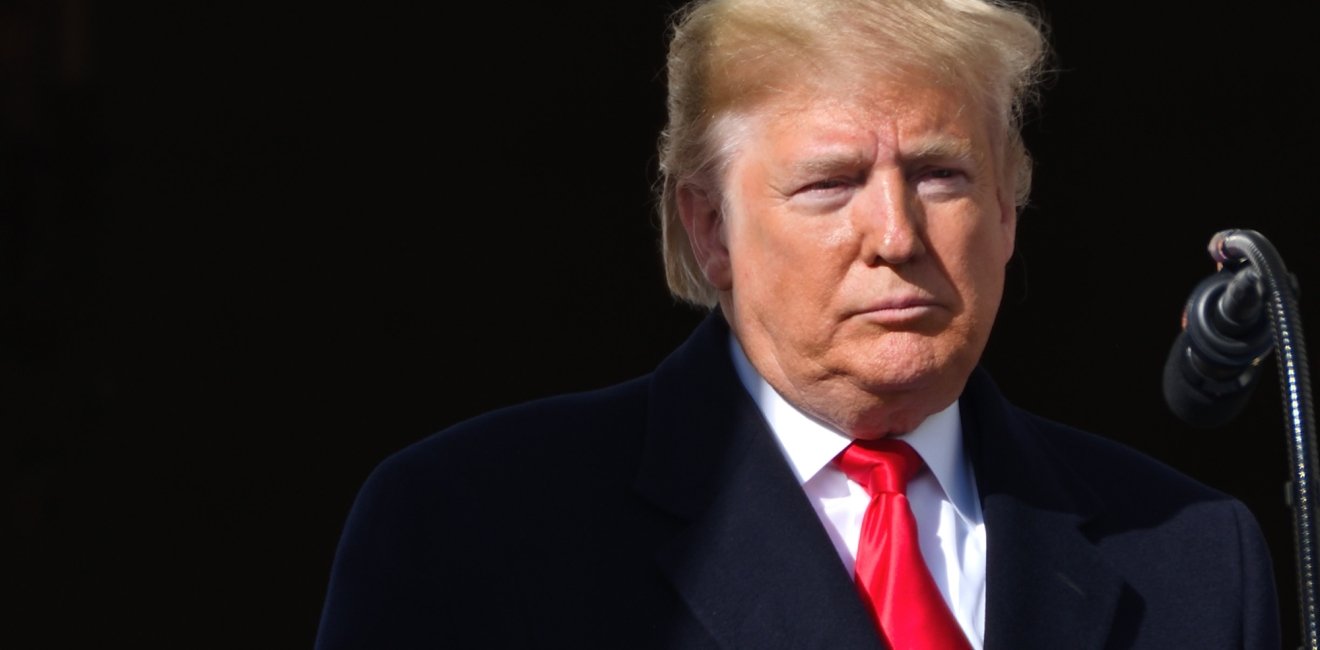As the Trump administration wraps up four tumultuous years in office, it is unsurprisingly not going away quietly. Recent days have brought a flurry of final-hour developments and moves. While none of them directly relate to South Asia, several of them could have a significant impact on the region, and on the incoming Biden administration’s relations with it.
The most troubling recent development is the January 6 assault on the Capitol. It dealt the biggest blow to American democracy in decades, and it all but shattered U.S. credibility as a champion of democracy abroad. South Asia has also experienced considerable democratic backsliding in recent years. Leaders in Colombo, Dhaka, New Delhi, and Islamabad, among other regional capitals, will now be emboldened to continue if not intensify ongoing crackdowns on religious minorities, opposition parties, journalists, and other vulnerable communities. They will scoff at any U.S. criticism of their struggles with democracy, and they certainly won’t welcome U.S. democracy promotion-related assistance. Even long before January 6, governments and publics alike in many South Asian states resented what they perceived as hectoring and lecturing from Washington about their domestic politics. Unfortunately, the biggest losers will be the besieged South Asian communities shouldering the brunt of their governments’ crackdowns.
The Biden administration will take great pains to distance itself from the events of the Trump era, but South Asian leaders, at least initially, will nonetheless not respond kindly to any pledges from America’s next government to promote democracy abroad—an objective that Biden has articulated as a core pillar of his foreign policy.
Additionally, in recent days, the Trump administration has complicated the incoming government’s hopes of (modestly) easing tensions with its Chinese and Iranian rivals. U.S. relations with these two countries have key implications for India and Pakistan.
This month, Washington has initiated several controversial measures targeting Beijing and Tehran, both of which had already clashed heavily with the Trump administration. Most significantly, Secretary of State Mike Pompeo announced an easing of restrictions on relations between the United States and Taiwan, the self-governing entity that Beijing regards as its own. This move came soon after Trump signed an executive order banning U.S. trade with eight Chinese-connected apps.
Meanwhile, the administration has ramped up its rhetoric against Tehran, while also scaling up the Iran sanctions regime and deciding to keep a major naval vessel, the USS Nimitz, in the Persian Gulf, citing threats posed by Iran to U.S. leaders. Pompeo also asserted—in a claim many Iran experts reject—that Iran has become the new home base for al-Qaeda. This all comes against the backdrop of the November assassination of a top Iranian nuclear scientist that Tehran, and may world capitols, believe was carried out by America’s Israeli ally—Iran’s bitter enemy.
I explained in an East Asia Forum essay published earlier this month why U.S. relations with Iran and China have considerable impacts for New Delhi and Islamabad:
“The prospect of even modestly improved US relations with Iran would be a net positive for both New Delhi and Islamabad, which value commercial cooperation with Tehran and prefer a relaxed US sanctions regime. A slightly less toxic US–China relationship would please Islamabad, which prefers that its top ally have better relations with Washington. But it would present a complication for New Delhi, which has seen its relations with Beijing plummet to their lowest point in decades.”
Furthermore, the Trump administration decided to declassify and release a 2018 document outlining the outgoing government’s strategic framework for the Indo- Pacific region. The document’s contents are not particularly surprising; Trump administration officials have already publicly articulated its main themes and messages. However, as the analyst Rory Medcalf pointed out, the public release of the strategy suggests a desire to signify to the incoming administration, and to the region on the whole, that there’s a need for continuity on a policy that revolves around taking a hard line toward China.
The declassified document also describes the need to “accelerate India’s rise and capacity to serve as a net provider of security” through “a stronger foundation for defense cooperation and interoperability,” as well as to support India “through diplomatic, military, and intelligence channels—to help address continental challenges such as the border dispute with China.”
This will not sit well with Islamabad, Beijing’s ally and New Delhi’s enemy, especially as it already fears that growing U.S.-India defense cooperation has deleteriously affected what it refers to as strategic stability in South Asia. Again, such U.S. views on military partnership with India have already been articulated publicly over the last few years. But their presence in a formal U.S. policy document will heighten Pakistani anxieties about India and U.S.-India relations, and risk exacerbating tensions in an India-Pakistan relationship already in deep freeze since a brief military crisis and India’s repeal of Jammu and Kashmir’s autonomy in 2019.
The impacts of the Trump administration’s policies, including those implemented during its final days in office, will be felt far and wide—both at home and abroad. This includes South Asia, a region that may not top the initial list of Biden administration foreign policy priorities, but nonetheless one that will figure prominently in its overall strategic considerations. It is, after all, a core geopolitical component of the Indo-Pacific region. It is also home to a top U.S. security partner, to America’s longest war, and to a deepening Chinese footprint. In effect, any impacts that the Trump administration’s final moves have on South Asia are nothing to sneeze at.
Follow Michael Kugelman, deputy director of the Asia Program and senior associate for South Asia, on Twitter @MichaelKugelman.
The views expressed are the author's alone, and do not represent the views of the U.S. Government or the Wilson Center. Copyright 2020, Asia Program. All rights reserved.







